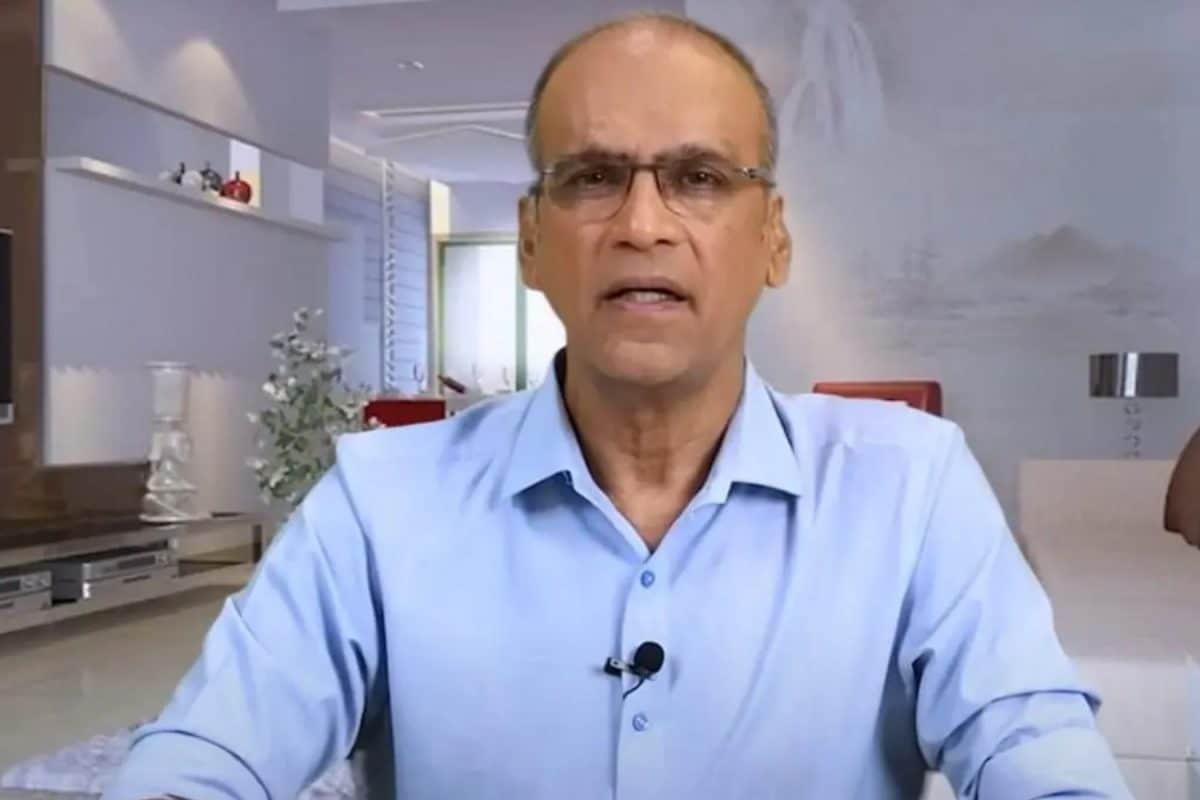

Veteran film trade analyst Komal Nahta has recently shed light on the exorbitant expenses and extravagant demands that are becoming increasingly common in the Hindi film industry. In a recent interview, Nahta discussed the culture of entourages, inflated costs for costume maintenance, and other behind-the-scenes financial burdens that contribute to the rising budgets of Bollywood productions.
Nahta highlighted the trend of prominent actors traveling with large entourages, sometimes consisting of up to nine people. These entourages often include personal assistants, managers, stylists, security personnel, and other support staff. The costs associated with accommodating and catering to such large groups can be substantial, adding a significant strain to the film's budget. Nahta suggested that while some support is necessary, the size of these entourages often seems excessive and unjustified.
Another area of concern Nahta addressed was the inflated charges for seemingly minor costume adjustments. He cited an example of a costume designer charging ₹20,000 to fix a collar. Nahta questioned the rationale behind such high fees for simple alterations, implying that it's indicative of a broader problem of overcharging and a lack of transparency in the industry's financial dealings. These seemingly small expenses can accumulate and contribute significantly to the overall production cost, especially when multiplied across multiple actors and costume changes.
Nahta's observations underscore the growing financial pressures faced by Bollywood filmmakers. With increasing competition from international productions and the rise of streaming platforms, it's becoming more crucial than ever for the industry to streamline its operations and control costs. The unnecessary expenses associated with large entourages and inflated service fees can eat into the film's budget, potentially impacting its overall quality and profitability.
The film trade analyst's comments have sparked a conversation within the industry about the need for greater financial discipline and transparency. Some industry insiders agree with Nahta's assessment, acknowledging that certain practices have become unsustainable. They argue that a more professional and accountable approach to budgeting and expense management is essential for the long-term health of the industry. Others, however, maintain that these expenses are a necessary part of maintaining the image and brand of A-list actors, who are crucial for attracting audiences and generating revenue. They also suggest that the high fees charged by costume designers and other professionals reflect their expertise and the value they bring to the production.
Regardless of differing opinions, Nahta's insights serve as a wake-up call for the Hindi film industry. As budgets continue to rise and the pressure to deliver commercially successful films intensifies, it's imperative for filmmakers to carefully scrutinize their expenses and prioritize value for money. By addressing issues such as excessive entourages and inflated service fees, the industry can work towards a more sustainable and financially responsible model that benefits everyone involved. This may involve negotiating more reasonable rates with service providers, setting limits on the size of entourages, and promoting greater transparency in financial transactions. Ultimately, a more disciplined approach to cost management will not only improve the financial health of individual film projects but also contribute to the overall stability and competitiveness of the Hindi film industry.